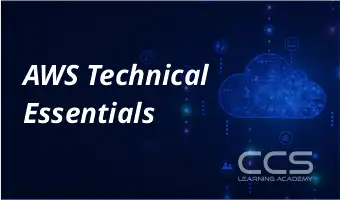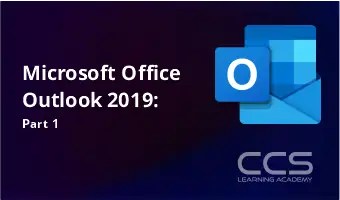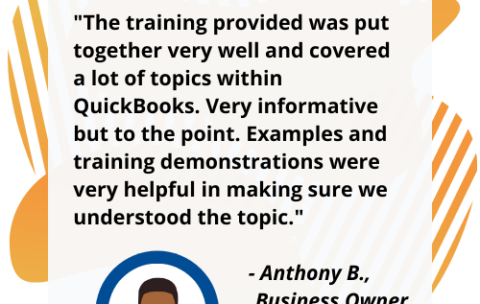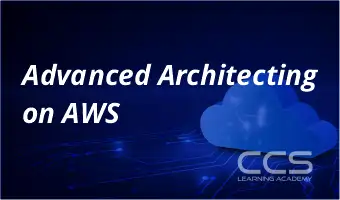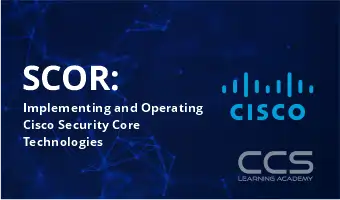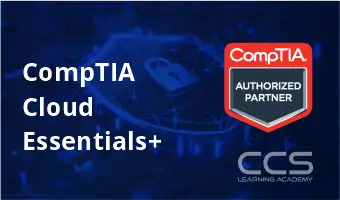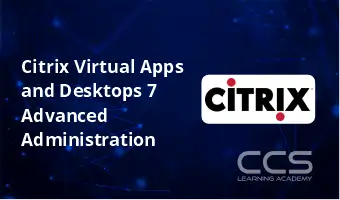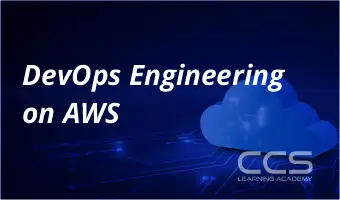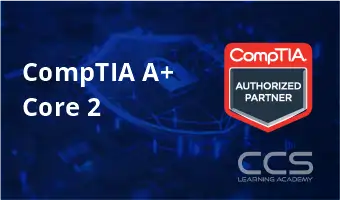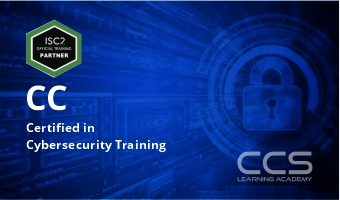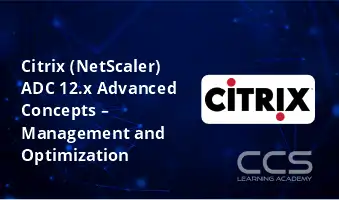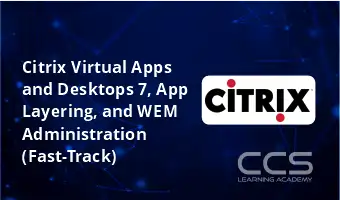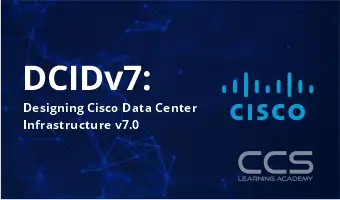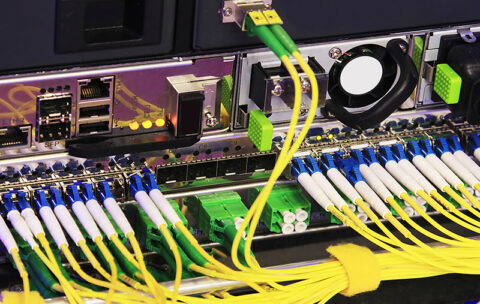Popular Topics
Data Analyst
CompTIA Security+
Certified in Cybersecurity Training
CISSP
Risk and Compliance
AWS
Certified in Governance
Developing Generative AI on AWS
Microsoft Azure
CISSP Exam Preparation Course
Cloud Computing
Microsoft Office 365 Online
Administering A SQL Database
CompTIA Cybersecurity Analyst
ITIL 4 Certification
Penetration Testing Professional
Security Engineering on AWS
Developing AWS Services and Tools
ISO 22301 Certification
Chief Information Security Officer
ITIL 4 Foundation Certification Training
Penetration Testing Certification
Certified Cloud Security Professional
Azure AI Fundamentals
CompTIA Linux
PECB ISO 31000 Certification
Generative AI Applications on AWS
SQL Server Integration
ISO / IEC 42001 Lead Auditor
SQL Data Warehouse
ISO/IEC 42001 Lead Implementer
Security on AWS
Cloud Operations on AWS
ISO 22301 Lead Auditor
SharePoint End User
Microsoft Azure Data Fundamentals
Certified Secure Software Lifecycle Professional
CompTIA
Cybersecurity Analyst
Microsoft Azure Certification
SQL Server Performance Tuning
ISO 31000 Certification
Advanced Developing on AWS
SQL Server Performance Optimization
ISO 31000 Risk Manager
Network Defender
AWS Cloud Essentials
SQL Data Models
CompTIA PenTest
Citrix
Microsoft Power BI Data Analyst
CMMC Certified Professional
Citrix Cloud with Amazon Web Services
Microsoft PoerShell
CompTIA Data+
CompTIA Cloud Essentials+
Azure SQL Solutions
Lead Cloud Security Manager
Microsoft Azure for SAP Workloads
Microsoft Azure Administrator
PL-600 Power Platform Solution Architect
CompTIA Project
CompTIA A+ Core 2
Cloud Security Manager
CompTIA Network
Cloud Security Certification
ISO 22301 Lead Implementer
Lead Pen Test Professional
Microsoft Azure Fundamentals Training Certification
ISO 31000 Lead Risk Manager
Microsoft Project 2016 Level 1
CompTIA IT Fundamentals
Cybersecurity Foundation
Microsoft Project 2016: Level 2
CompTIA Cloud
Cybersecurity Certification
SQL Database Infrastructure
CompTIA A+ Core 1
CMMC Foundations
Azure Infrastructure Solutions
CompTIA Server
ISO / IEC 42001 Certification
Citrix Endpoint Management
CMMC Certification
Azure AI Solution
All `Live Courses by Vendor Courses
Filter by Topic
Filter by Vendor
Citrix (NetScaler) ADC 12.x Advanced Concepts – Management and Optimization
Course Description: Master the deployment and usage of Citrix Application …
What you'll learn
Manage multiple Citrix ADC platforms centrally
Orchestrate configuration changes
Report on transactions passing through the Citrix ADC environment
Visualize infrastructure and plan expansion
Citrix Virtual Apps and Desktops 7, App Layering, and WEM Administration (Fast-Track)
This accelerated course is designed for experienced IT professionals to …
What you'll learn
How to install, configure, and manage a Citrix Virtual Apps and Desktops 7 site on-premises and on Citrix Cloud including how to migrate from on-premises to Citrix Cloud
How to configure Workspace Environment Management to improve the end user environment and virtual resource consumption
App Layering skills to create and administer OS, platform, application, elastic and user layers
Manage Citrix Endpoint Management
Course Description: Students will explore how to manage Citrix Endpoint …
What you'll learn
How to manage a Citrix Endpoint Management implementation in a On-premises or cloud environment
How to perform common enterprise mobility management tasks and mobile application management
Understand the device enrollment process
How to perform monitoring, troubleshooting, and reporting on a Citrix Endpoint Management Enterprise solution
DCIDv7: Designing Cisco Data Center Infrastructure v7.0
Course Description: The Designing Cisco Data Center Infrastructure (DCID) v7.0 …
What you'll learn
Describe the Layer 2 and Layer 3 forwarding options and protocols used in a data center
Describe the rack design options, traffic patterns, and data center switching layer access, aggregation, and core
Describe the Cisco Overlay Transport Virtualization (OTV) technology that is used to interconnect data centers
Describe Locator/ID separation protocol
Design a solution that uses Virtual Extensible LAN (VXLAN) for traffic forwarding
Describe hardware redundancy options; how to virtualize the network, compute, and storage functions; and virtual networking in the data center
Describe solutions that use fabric extenders and compare Cisco Adapter Fabric Extender (FEX) with single root input/output virtualization (SR-IOV)
Describe security threats and solutions in the data center
Describe advanced data center security technologies and best practices
Describe device management and orchestration in the data center
Describe the storage options for compute function and different Redundant Array of Independent Disks (RAID) levels from a high-availability and performance perspective
Describe Fibre Channel concepts, topologies, architecture, and industry terms
Describe Fibre Channel over Ethernet (FCoE)
Describe security options in the storage network
Describe management and automation options for storage networking infrastructure
Describe Cisco UCS servers and use cases for various Cisco UCS platforms
Explain the connectivity options for fabric interconnects for southbound and northbound connections
Describe the hyper converged solution and integrated systems
Describe the system wide parameters for setting up a Cisco UCS domain
Describe role-based access control (RBAC) and integration with directory servers to control access rights on Cisco UCS Manager
Describe the pools that may be used in service profiles or service profile templates on Cisco UCS Manager
Describe the different policies in the service profile
Describe the Ethernet and Fibre Channel interface policies and additional network technologies
Describe the advantages of templates and the difference between initial and updated templates
Describe data center automation tools
VMware vSphere: Troubleshooting 7.0
Course Description This hands-on training course provides you with the …
What you'll learn
Introduce troubleshooting principles and procedures
Explain the purpose of key vSphere log files
Use command-line interfaces, log files, and the vSphere Client to diagnose and resolve problems in the vSphere environment
Identify networking problems based on reported symptoms, validate, and troubleshoot the reported problem, identify the root cause, and implement the appropriate resolution
Analyze storage failure scenarios using a logical troubleshooting methodology, identify the root cause, and apply the appropriate resolution to resolve the problem
Troubleshoot vSphere cluster failure scenarios and analyze possible causes
Diagnose common VMware vSphere® High Availability problems and provide solutions
Identify and validate VMware ESXi™ host and VMware vCenter Server® problems, analyze failure scenarios, and select the correct resolution
Troubleshoot virtual machine problems, including migration problems, snapshot problems, and connection problems
Troubleshoot performance problems with vSphere components
VMware vSphere: Optimize and Scale 7.0
Course Description This course teaches you advanced skills for configuring …
What you'll learn
Configure and manage vSphere networking and storage for a large and sophisticated enterprise
Use VMware vSphere Client to manage certificates
Use Identity Federation to configure VMware vCenter Server to use external identity sources
Use VMware vSphere Trust Authority to secure the infrastructure for encrypted VMs
Use host profiles to manage VMware ESXi host compliance
Create and manage a content library for deploying virtual machines
Manage VM resource usage with resource pools
Monitor and analyze key performance indicators for compute, storage, and networking resources for ESXi hosts
Optimize the performance in the vSphere environment, including vCenter Server
VMware Horizon 8: Skills for Virtual Desktop Management
Course Description This three-day, hands-on course gives you the skills …
What you'll learn
Recognize the features and benefits of Horizon
Use VMware vSphere® to create VMs to be used as desktops for Horizon
Create and optimize Windows VMs to create Horizon desktops
Install and configure Horizon Agent on Horizon desktop
Configure and manage the VMware Horizon® Client™ systems and connect the client to a VMware Horizon desktop
Configure, manage, and entitle desktop pools of full VMs
Configure, manage, and entitle pools of instant-clone desktops
Create and use Remote Desktop Services (RDS) desktops and application pools
Monitor the Horizon environment using Horizon Console Dashboard and Horizon Help Desk Tool
VMware Horizon 8: Infrastructure Administration
Course Description This two-day, hands-on course gives you the skills …
What you'll learn
Identify VMware Horizon Connection Server installation, architecture and requirements
Describe the authentication and certificate options for a Horizon environment
Recognize the integration process and benefits of Workspace ONE Access and Horizon 8
Compare the remote display protocols that are available in VMware Horizon
Describe the 3D rendering options available in Horizon 8
Discuss scalability options available in Horizon 8
Describe different security options for Horizon environment

